Packing for a trip can be stressful enough, but with the added worry of luggage restrictions, it can quickly become overwhelming.
With so many rules and regulations in place, it’s important to understand what you can and cannot bring on board – whether it’s in your carry-on or checked luggage. That’s why we’ve put together a complete guide to luggage restrictions.
From toiletries and liquids to restricted items and penalties for violations, we cover everything you need to know before you pack your bags. We’ll also provide some tips on how to pack light while still making sure you have everything you need for your trip.
So, let’s get started and make packing stress-free!
Understanding Carry-on and Checked Luggage Regulations
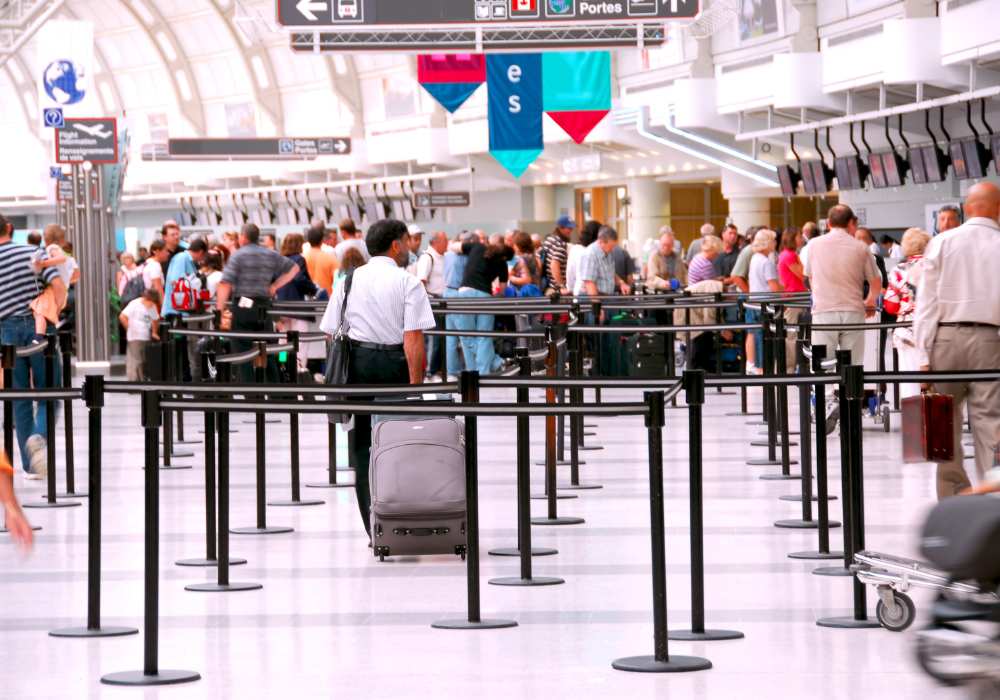
Before you travel, it’s crucial to know the rules for carry-on and checked baggage. Familiarizing yourself with luggage restrictions will help you avoid any surprises at the airport. Understanding these regulations can save you time and hassle during security screening. Stay informed about what you can carry on and what needs to be checked in.
By following luggage rules, you ensure a smooth travel experience. Remember to pack hand sanitizer in a small quantity, as it is a good idea to have it readily available. It’s also important to note that regulations may vary when traveling internationally.
The final decision rests with the TSA spokesperson. If you have any questions or concerns, consider reaching out to the TSA via Facebook Messenger for a prompt response. Have a stress-free travel experience by staying informed and complying with the necessary regulations.
What Can You Take in Your Carry-on Luggage?
When packing your carry-on luggage, remember to follow the regulations. Liquids should be in containers of 3.4 ounces or less, packed in a clear bag.
Non-liquid items have specific size and quantity restrictions. Prohibited items include toiletries, aerosol, ammunition, explosives, lighters, fireworks, gel, and camping equipment. Consult TSA guidelines for a complete list of allowed items.
What is Allowed in Checked Luggage?
In checked luggage, you can pack a variety of items, including liquids in larger quantities. This includes toiletries, unopened retail packaging, nail polish, breast milk, peanut butter, and necessary liquids.
However, hazardous materials, flammable liquids, cooking spray, fire extinguishers, lithium batteries, and ammunition are strictly prohibited. Remember to adhere to airline size and weight restrictions for checked luggage.
Toiletries and Liquids in Your Carry-on: A Detailed Look
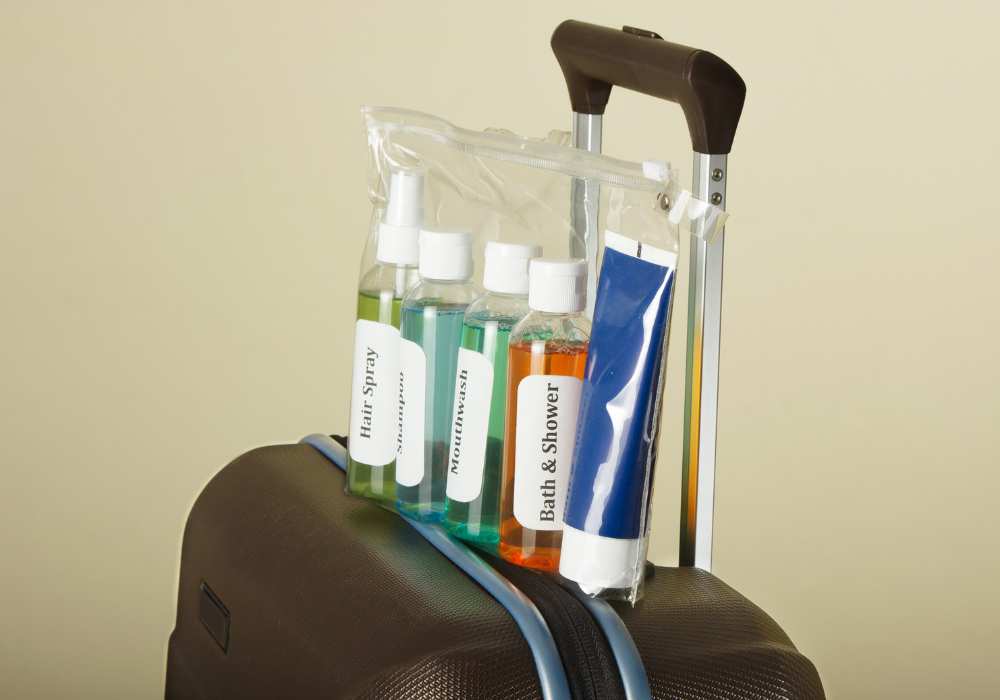
When it comes to carrying toiletries and liquids in your carry-on bag, it’s important to comply with the liquids rule. This means that all toiletries and liquids must be 3.4 ounces or less and stored in a quart-sized bag.
Toothpaste is considered a liquid and can be carried in your carry-on as long as it meets this requirement. Additionally, beauty products such as liquid foundation, mascara, and lip gloss can also be taken in your carry-on bag, provided that they follow the liquids rule.
One of the first things you need to do before screening is remove all your toiletries and liquid items in their own bag (presumably from duty-free or inflight shopping) for inspection. While some of these toiletries come in travel sizes that are acceptable for carry-on bags, the vast majority is not so it’s a good idea to refer directly to what you can and cannot bring on board with respect to liquids To be perfectly safe when going through security check at airports, always take time and consult tsa.gov
They provide up-to-the-minute guidance as rules about liquid restrictions change frequently. Implementing these rules could make your travels way easier.
Can I Take Toothpaste in My Carry-On?
When packing for your travels, it’s important to know that toothpaste is allowed in carry-on luggage provided it is in a container that holds 3.4 ounces or less. It should be placed in a clear, quart-sized bag and packed in a toiletries bag for easy access during security screening.
Following the TSA rules is essential to avoid any issues with transportation security administration officers. Additionally, make sure that your toothpaste does not leak in your carry-on bag by sealing the container properly. By adhering to these guidelines, you can ensure a smooth and hassle-free travel experience.
What About Makeup Products?
Makeup products such as foundation, mascara, and lipstick can be carried in your carry-on bag when traveling. However, it is important to ensure that the containers holding these products are no larger than 3.4 ounces and are stored in a clear, quart-sized bag.
For more detailed information on specific rules regarding carrying makeup in your carry-on luggage, it is advisable to check the Transportation Security Administration (TSA) website or reach out to them directly. It’s always better to be well-prepared and informed before embarking on any journey to avoid any inconvenience at the airport security checkpoint.
Liquids in Checked Luggage: Rules and Restrictions
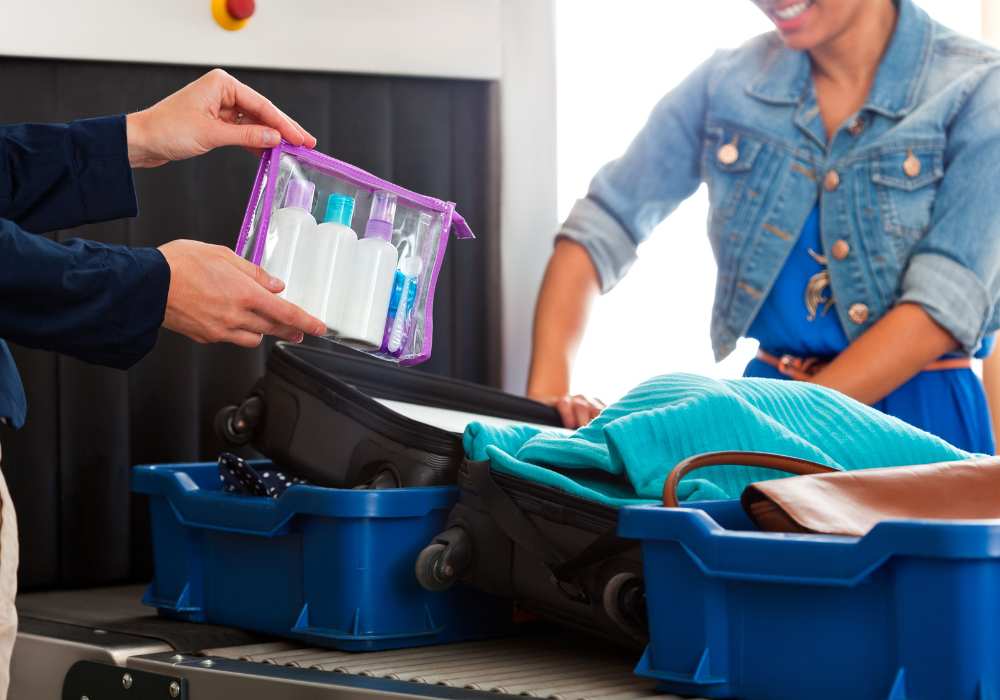
Travelers must adhere to specific rules and restrictions when it comes to carrying liquids in their checked luggage. While checked luggage permits larger quantities of liquids compared to carry-on bags, there are still certain guidelines that one needs to follow.
Toiletries, unopened retail packaging, baby formula, breast milk, peanut butter, necessary liquids, and freezer packs are permitted in checked luggage. It is important to note that hazardous materials, flammable liquids, fire extinguishers, cooking spray, lithium batteries, and ammunition are not allowed in checked luggage.
It’s crucial always to double-check the TSA website for the latest guidelines on liquids in checked luggage as the regulations are subject to change without prior notice. Additionally, it is recommended that you label your liquid items correctly and keep them in a sealed plastic bag to avoid any leakage during transit.
In case you have any doubts about whether an item can be carried in your checked bag or not, it’s better to err on the side of caution and pack it in your carry-on instead or leave it behind altogether. By following these guidelines and being aware of restrictions associated with liquids in your checked baggage, you can ensure a hassle-free travel experience.
Permissible Liquids and Their Volume Limits
There are specific rules and regulations that must be followed when packing liquids in checked luggage. Toiletries such as shampoo, conditioner, lotion, mouthwash, and deodorant can be packed in larger quantities in checked luggage. In addition to this, baby formula, breast milk, necessary liquids, and unopened retail packaging are also allowed in checked luggage.
It is important to ensure that the liquids are safely transported without any risk of leaks or spills. To get more detailed information about the volume limits for liquids in checked luggage, it is recommended to refer to the website of the Transportation Security Administration (TSA).
Properly sealing all liquids in checked luggage is crucial to avoid any potential inconvenience with airport security. Furthermore, it is worth noting that prohibited items such as flammable liquids and explosives should not be packed under any circumstances.
Prohibited Liquids in Checked Luggage
When it comes to checked luggage, there are certain liquids that are strictly prohibited. These include hazardous materials, flammable liquids, fire extinguishers, cooking spray, lithium batteries, ammunition, and explosives.
To comply with security regulations, it is important to avoid packing these items in your checked luggage. Familiarize yourself with the TSA rules on prohibited liquids in checked luggage to ensure a smooth travel experience today.
Keep in mind that TSA officers may conduct further inspections of checked luggage if necessary, especially in the case of suspicious items. Always pack your checked luggage responsibly to avoid unknowingly carrying any hazardous materials.
Special Considerations for International Travel
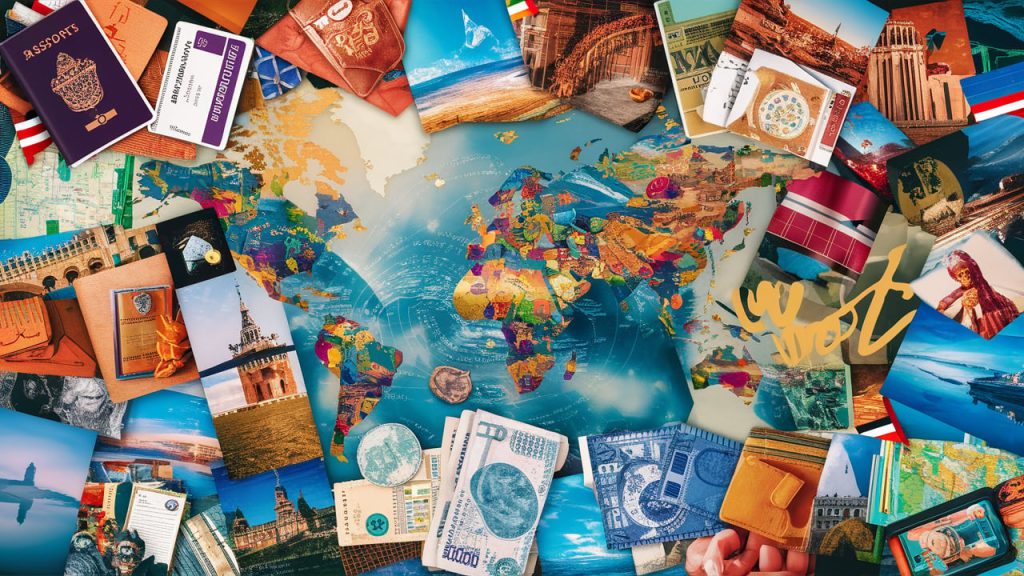
When traveling internationally, it’s important to comply with both TSA rules and the specific regulations set by the country you’re visiting. Take the time to research and understand the luggage restrictions of the destination country.
Keep in mind that some countries may have additional rules regarding liquids, toiletries, and other items in both carry-on and checked luggage. To ensure you’re well-prepared, it’s advisable to check with the embassy or consulate of the country you’re visiting for specific guidance on luggage regulations.
By being aware of and adhering to these rules, you can have a smooth and hassle-free experience during your international travel.
How Do Luggage Restrictions Vary by Country?
Luggage restrictions can differ from one country to another. Each destination has its own set of rules and regulations regarding what can be brought in your luggage. It’s crucial to research and understand the specific restrictions of your destination country before you travel.
Failure to comply with these restrictions can lead to fines, item confiscation, or legal consequences.
What is the purpose of luggage restrictions?
Luggage restrictions are intended to safeguard passenger safety and maintain the security of aircraft. They assist in airport security screening and ensure an efficient travel experience by prohibiting the transportation of hazardous materials and dangerous items. Adhering to these regulations is vital for creating a secure travel environment for all passengers.
In addition, luggage restrictions also help airlines manage their baggage handling processes more efficiently, reducing the risk of delays or lost luggage. Therefore, it is crucial for passengers to stay up-to-date with current luggage restrictions and comply with them when traveling to ensure a safe and smooth journey.
What is included in a restricted item list?
Restricted item lists typically consist of items that are considered hazardous, flammable, or potentially dangerous. These lists often include explosives, firearms, ammunition, fireworks, and flammable liquids. Other restricted items may include aerosols, lighters, camping stoves, and lithium batteries.
Additionally, certain liquids, gels, and aerosols have specific quantity limits for carry-on luggage. It is essential to check the restricted item list of the airport or airline you are traveling with.
How do I know if my item is on the restricted list?
To determine if an item is on the restricted list, check the website of the Transportation Security Administration (TSA) or the specific airport you’re traveling from. The restricted item list provides a comprehensive guide on prohibited items or those requiring special packaging.
If unsure, contact airport security or your airline for clarification. Always be proactive to avoid any screening issues. Rules may vary between airports.
Tips for packing light when travelling with restrictions

When traveling with luggage restrictions, it is crucial to be aware of the specific requirements set by your airline or transport company. Conducting research on these restrictions beforehand can help you pack more efficiently. Be mindful of the weight and size of your luggage and use a luggage scale to ensure compliance with weight limits. Planning ahead and creating a packing list can prevent overpacking and ensure that you only bring what you truly need.
To save space in your luggage, consider utilizing packing cubes or compression bags, which can help organize your items effectively. It is also recommended to wear bulky items like heavy shoes and jackets during your flight to free up valuable space in your luggage.
Remember, packing light is key when dealing with restricted luggage allowances. So, try to prioritize essential items, such as clothing and toiletries, while leaving behind non-essential items that could add unnecessary weight to your luggage.
In addition to these tips, it’s important to pack smartly by layering clothes instead of folding them. This not only saves space but also prevents wrinkling. Moreover, using travel-size containers for toiletries can save space as well as reduce the risk of spillage during transit.
By following these guidelines and being mindful of airline-specific requirements, you can make the most of your restricted luggage allowance while traveling with ease and comfort.
What are the penalties for violating luggage restrictions?
Penalties for violating luggage restrictions vary by severity and location. They may include fines, confiscation, denied boarding, or criminal charges. To avoid legal trouble, familiarize yourself with the rules and seek guidance from airport security or the airline if unsure.
Types of Luggage Restrictions
There are several types of luggage restrictions that travelers should be aware of before packing their bags. These include weight and size limitations, prohibited items such as weapons or liquids, and restrictions on certain destinations.
Common Violations
Some common violations of luggage restrictions include bringing prohibited items such as sharp objects or liquids over the allowed limit. Overweight or oversized luggage can also result in penalties.
Tips for Avoiding Penalties
To avoid penalties for violating luggage restrictions, pack carefully according to the rules and double-check before heading to the airport. Remove any prohibited items from your luggage and distribute weight evenly among multiple bags if necessary.
How are luggage restrictions implemented?
Luggage restrictions are enforced through a combination of screening methods and the vigilant work of trained security personnel. At airport checkpoints, baggage is subjected to X-ray scanning and manual inspection if deemed necessary by transportation security officers. These officers receive specialized training to identify items that are prohibited on flights and perform additional screenings as needed.
During baggage drop-off, any restricted items can also be detected by airport security personnel. Ultimately, the final decision regarding whether or not an item is allowed on a flight rests with the on-duty security officer. With the ever-present threat of terrorism, airport security measures continue to evolve and improve to ensure the safety of all passengers traveling by air.
It’s important for travelers to comply with luggage restrictions and pack accordingly to avoid any delays or issues at airport security checkpoints.
Frequently Asked Questions
What is not allowed in checked baggage?
Prohibited items in checked baggage include explosives, flammable materials, corrosive substances, firearms, sharp objects like knives, and liquids over 3.4 ounces or 100 milliliters (unless in a clear, sealable bag). Always check with the airline for specific prohibited items before packing your checked baggage.
What not to take in a carry-on bag?
Items prohibited in carry-on bags include liquids over 3.4 ounces (100 ml), sharp objects like knives and scissors, firearms, explosives, and flammable items. Remember to check the TSA website for a full list of prohibited items before packing your carry-on bag.
What is allowed on a plane in a checked bag?
Checked bags allow most items, but some restrictions apply. Liquids should be in containers of 3.4 ounces or less and placed in a clear, plastic, sealable bag. Firearms and ammunition are allowed with proper packing and declaration at check-in. Restricted items include explosives, flammables, and certain chemicals.
What else can I take on a plane in checked luggage?
In addition to personal items, you can bring electronics, books, and non-perishable food in your checked luggage. Some airlines have restrictions on certain items, so it’s important to check their guidelines. Valuables and fragile items are better off in your carry-on.
Is there a minimum size for checked luggage?
Yes, there is no minimum size for checked luggage, but most airlines have maximum size and weight restrictions. Typically, checked luggage must not exceed 62 linear inches (158 cm) in total dimensions and 50 pounds (23 kg) in weight. However, it’s important to check with your specific airline for their size and weight restrictions. Oversized or overweight bags may incur additional fees or be rejected at check-in.
Can I bring my 43-inch TV as my second piece of luggage?
The allowance for bringing a 43-inch TV as your second piece of luggage depends on the airline’s policies and restrictions. Most airlines have specific size and weight limits for luggage, including TVs. It is advisable to check with the airline beforehand to avoid any unexpected fees or restrictions.
Should you take your bags in the plane with you?
Taking your bags in the plane with you depends on the airline and your ticket type. Some airlines allow one carry-on bag and one personal item, while others may charge for carry-on luggage. Checked baggage usually has weight and size restrictions, so be sure to check before packing. Consider convenience and cost when deciding whether to take your bags in the plane with you.
Conclusion and final thoughts
Understanding luggage restrictions is essential for a smooth and hassle-free travel experience. It ensures the safety and security of all passengers and helps maintain order at airports and on flights. By adhering to these regulations, you can avoid unnecessary delays, confiscation of items, and potential fines. Make sure you familiarize yourself with the specific rules and restrictions of your airline and destination country to avoid any surprises. Additionally, packing light and efficiently can help you stay within the limits and make your journey more convenient. Remember, luggage restrictions are in place to prioritize everyone’s safety and comfort, so it’s important to respect and follow them. Happy travels!
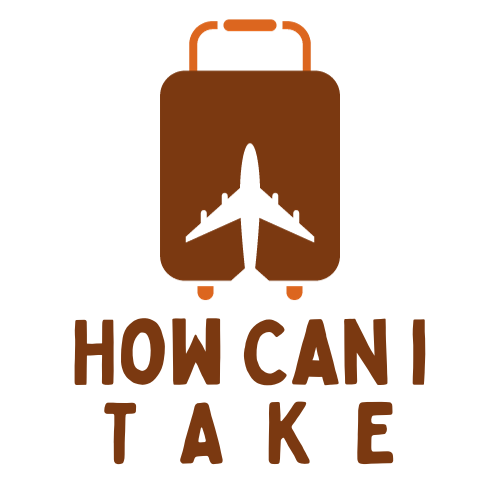
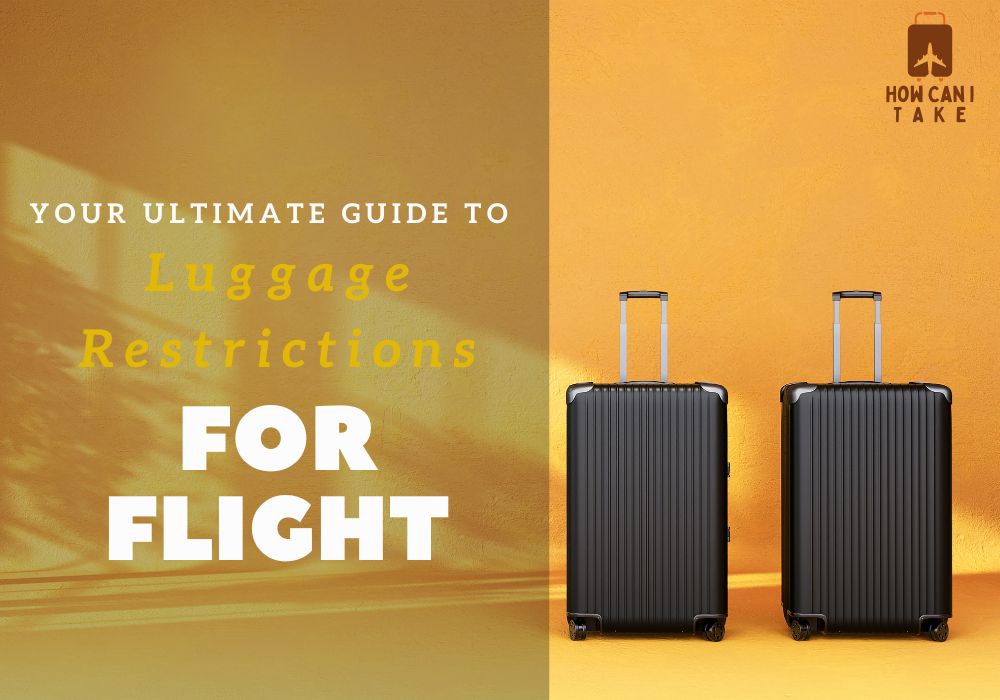



Leave a Reply